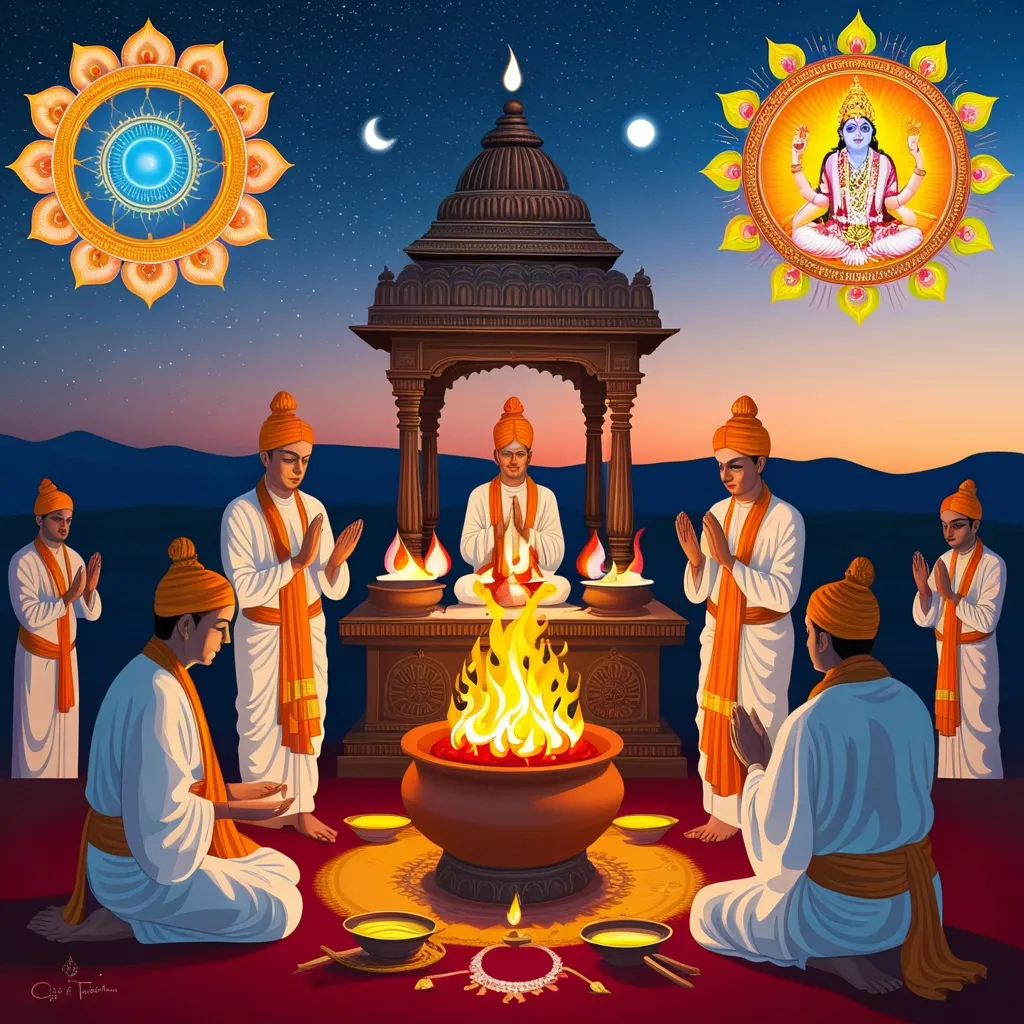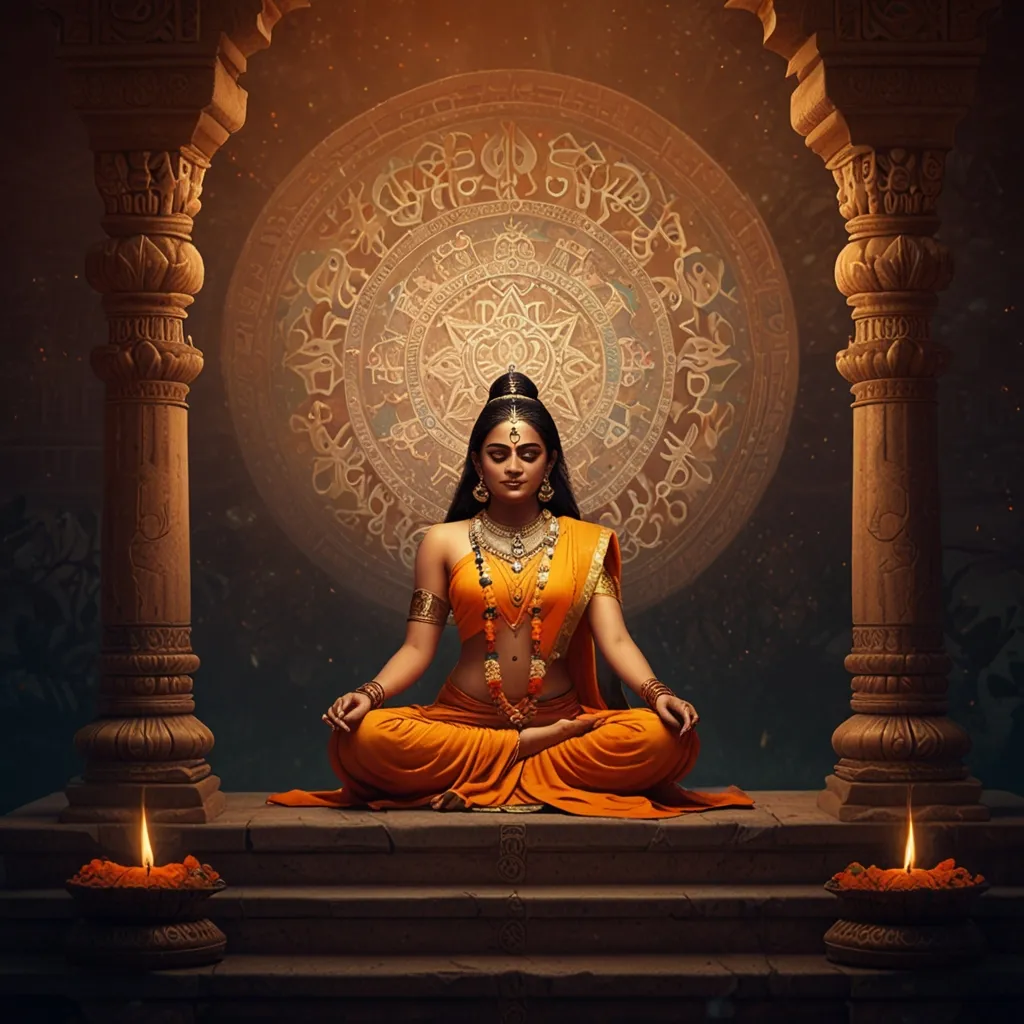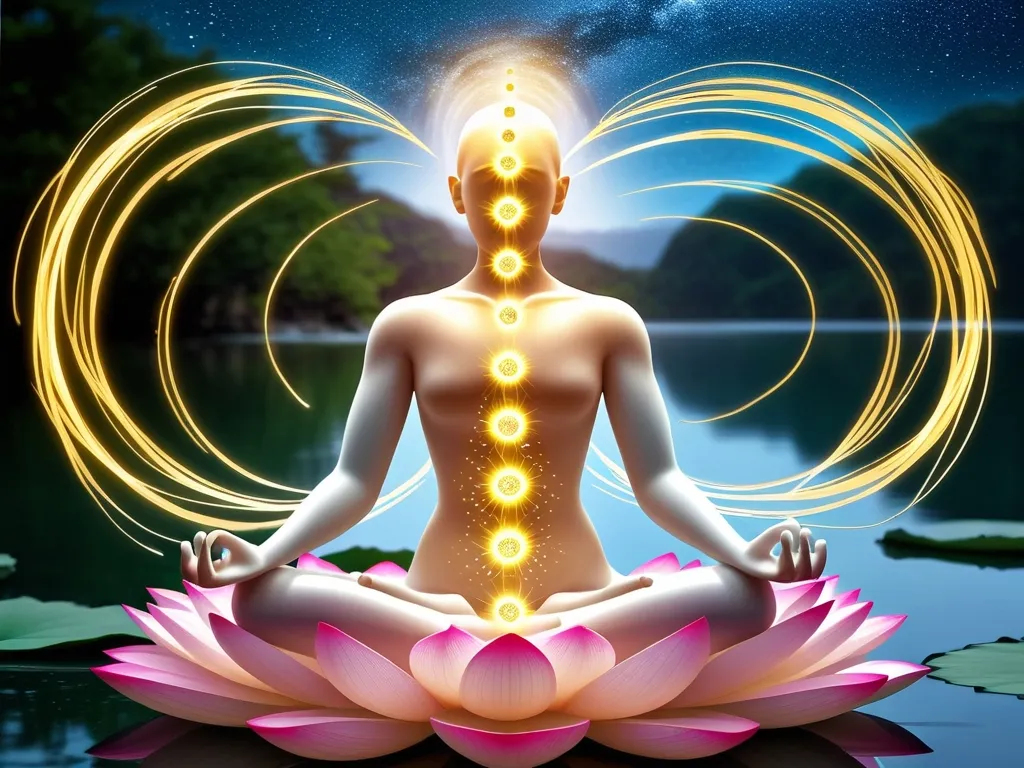In the expansive and intricate realm of Hindu traditions, the Pravargya ceremony emerges as a significant and deeply mystical ritual within the Yajurveda tradition. This ancient Vedic ritual is fascinating due to its tight-knit connections to health, prosperity, and spiritual bliss, making it a compelling subject for anyone curious about ancient Hindu practices.
Imagine an ancient ritual imbued with cosmic and divine significance, where the physical world meets the spiritual, culminating in an extraordinary ceremony celebrating life and well-being. That’s Pravargya for you. At its core, Pravargya acts as a prelude to the Soma Yajna, a key Vedic series of sacrificial practices. In this ritual, an earthen pot crafted from fresh clay is placed on a fire-altar to boil milk. This milk is then offered to the Ashvins, the twin gods of Ayurvedic medicine.
The process of the Pravargya ritual is meticulously planned and executed. The focal point is the earthen pot, Mahavira, handcrafted meticulously from the earth’s clay and treated with profound reverence. This pot isn’t just pottery but symbolizes the Sun and even embodies Rudra, a powerful deity associated with protection and punishment. During the ritual, milk and ghee boil in this sacred pot, and the offering is made to various deities.
One can’t overlook the rich symbolism packed into this ancient ritual. For instance, the earthen pot symbolizes the head of Vishnu, connecting it with the Sun and underscoring the cosmic significance of the ceremony. The boiling milk and ghee, referred to as Gharma, are considered sacred offerings meant to nourish physically and spiritually. Every step of this ritual is loaded with meaning and is performed with solemnity and reverence.
One of the main aims of the Pravargya ritual is to attain long life, robust health, strength, prosperity, tranquility, and contentment. This is achieved through offerings of sacred cow milk and grains to the fire, believed to bestow these blessings upon the ritual’s sponsor, known as the Yajamana. Additionally, this ritual is a safeguard for the Yajamana and his family’s protection against calamities and misfortunes of various kinds.
Rudra, a fierce and powerful deity, plays a critical role in the Pravargya ritual. The blazing clay vessel symbolizes Rudra, and the whole ritual seeks to appease him, ensuring the participants’ well-being. Any mistake, no matter how small, could provoke Rudra’s wrath, leading to severe consequences like the death of the Yajamana’s cattle.
Due to these potential dangers, the Pravargya ritual includes precautionary protection measures. Expiation rites (prayascitta) are integral to this ritual. For instance, if the sacred vessel accidentally boils over or if thunder strikes during the ceremony, specific atonement rituals must be performed to mitigate these threats. These measures highlight the ritual’s demand for precision and strict adherence to protocols.
The priest, or Brahmana, occupies a crucial position in the Pravargya ritual. The priest must follow the ritual instructions to the letter, as even minor mistakes can cause severe repercussions. The role transcends physical actions. The priest ensures that the ritual maintains its correct spiritual intent and adheres firmly to tradition.
Stepping back in time, the Pravargya ritual is an inseparable part of the broader Vedic tradition, dating back to the early Indian Iron Age, around 1200 to 1000 BCE. The communication of these rituals is through the Yajurveda, one of the four Vedas composed of prose mantras used in rituals. Embedded within this historical and cultural context, the Pravargya reflects the sophisticated spiritual and philosophical framework of ancient Vedic society, where every action was perceived to have cosmic implications.
You might wonder about the relevance of such an ancient ritual today. Even though it appears archaic, the underlying principles and goals of the Pravargya ritual are timeless. The quest for health, prosperity, and spiritual well-being transcends centuries and remains as relevant today as it ever was. The ritual’s emphasis on precision, reverence, and the interconnectedness of all actions is a concept that resonates with many contemporary practices seeking to blend physical, mental, and spiritual health.
The intricate and multilayered Pravargya ritual is a treasure from the Vedic traditions. It seamlessly weaves physical rituals, symbolic gestures, and spiritual goals into a holistic ceremony aimed at achieving health, prosperity, and spiritual growth. The in-depth exploration of this ancient ritual is a vivid reminder of the power of tradition and the timeless quest for well-being that unites humanity across ages.
This rich tapestry of Vedic culture, embodied in the Pravargya, isn’t just about the physical offerings or the tangible rituals. It’s about a profound connection to the cosmos, a deep-rooted respect for tradition, and an unending quest for a balanced, fulfilling life. In diving into the Pravargya ceremony, one unravels a deeper understanding of the Vedic way of life — how every element, from the earthen pot to the sacred fire, forms a cosmic dialogue aiming for harmony, health, and prosperity.
Through the lens of these rituals, it becomes evident how deeply interconnected physical acts and spiritual beliefs are in the Vedic tradition. Each chant, each offering, and each movement are not mere actions but are representative of a broader philosophy and a heightened awareness of one’s place in the vast cosmos.
The Pravargya ceremony isn’t just an age-old tradition. It’s a timeless reminder of the human endeavor to seek harmony with the universe, depicting the intricate dance between physical practice and spiritual enlightenment that forms the cornerstone of the Vedic legacy.






